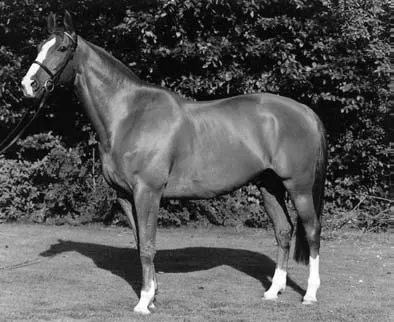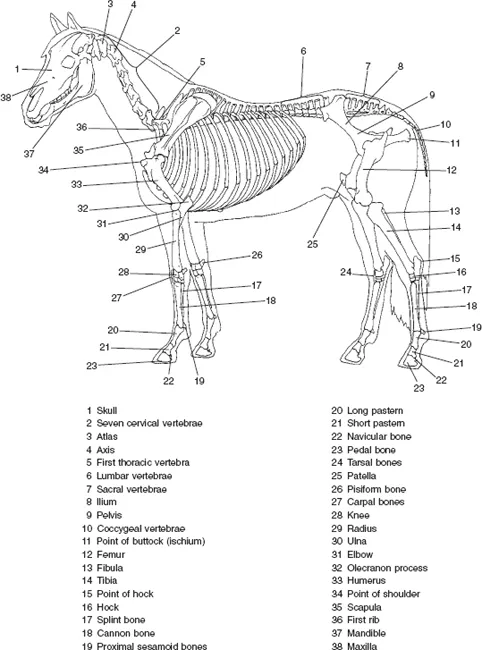
The Horse in Motion
The Anatomy and Physiology of Equine Locomotion
Sarah Pilliner, Samantha Elmhurst, Zoe Davies
- English
- ePUB (adapté aux mobiles)
- Disponible sur iOS et Android
The Horse in Motion
The Anatomy and Physiology of Equine Locomotion
Sarah Pilliner, Samantha Elmhurst, Zoe Davies
À propos de ce livre
We all want our horses to be able to perform to the best of their ability and we know that an effective training regime has many facets. The horse must be worked correctly, fed a balanced ration, mentally and physically healthy and well looked after. This book examines a further aspect of the horse's performance: it is designed to help all horse owners and riders to understand how a horse moves and how its anatomy helps, or hinders, the horse's athletic ability.
First, the book uses sequences of photographs and detailed anatomical drawings to show the systems of support and movement at each phase of each of the horse's gaits. The walk, trot, canter, gallop and jump are all examined, and the effect of the rider on the horse evaluated so that the rider can take appropriate action to avoid hindering the horse. Tips are provided throughout on ways in which the horse's life can be made easier, such as saddle fitting, warming up and cooling down procedures.
Foire aux questions
Informations
Part 1
Anatomy and Conformation
Introduction (Fig. 1.1)

Training the performance horse
- Feeding a balanced diet will ensure that the necessary nutrients for energy production, and tissue maintenance and repair are available.
- Water is essential to maintain all body functions; therefore a supply of fresh clean water must be available.
- The salts lost in sweat should be replaced in the form of electrolytes in the diet; these body salts are vital for nerve and muscle function.
- Thorough warming up before executing strenuous or difficult exercises will ensure adequate blood supply to the muscles and minimise the rise of injury.
- Thorough cooling down after exercise will help the circulation remove the toxic waste products of exercise (for example, lactic acid) and reduce muscle stiffness.
- Allowing the horse periods of relaxation and stretching during work will help to prevent tension. When muscles are held in tension (think how your shoulders feel after a stressful drive) the blood supply is inadequate to remove waste products which accumulate and increase the risk of injury and stiffness.
- Regular shoeing to keep the horse’s feet in balance will ensure that the joints of the limb remain in correct alignment and that the forces generated during work are transmitted up the limb in a way that minmises the risk of injury.
Points of the horse (Fig. 1.2)
The skeleton (Fig. 1.3)

Functions of the skeleton
- The skeleton is made of bone.
- Bone protects soft tissue; for example, the skull encloses and protects the brain, and the vertebral column encloses and protects the spinal cord.
- Skeletal muscles are attached to bones via tendons to enable movement.
- Bone is a living tissue with a supply of blood and nerves.
- Bones meet and articulate at joints that vary in their ability to move.
- The ends of the bones making up movable joints are covered by cartilage, allowing them to slide smoothly over one another.
- Ligaments bind bone to bone, supporting the joints.
- The interior of the joint is lubricated by synovial fluid which is secreted by the membrane covering the cartilage at the ends of the bones.
